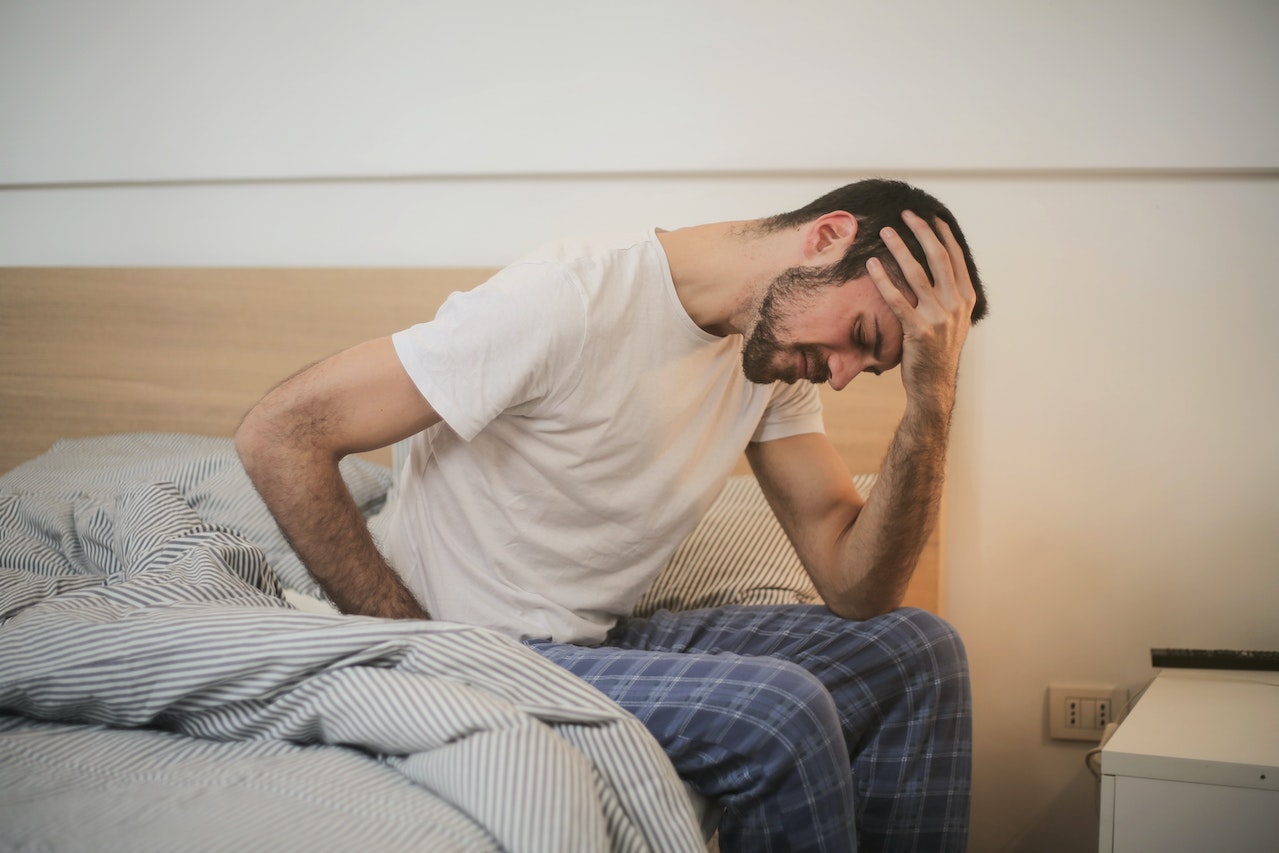Why Upper Back Pain Happens and What You Can Do about It
The upper back pain people experience today is typically a symptom of everyday living, more than a condition that’s directly caused by an injury. In particular, the rate of working in front of a computer for long periods has likely contributed to the increase in upper back pain among many people.
Over the last few years, there has been a huge increase in the number of people coming to see doctors because of their back problems.
Why Does Upper Back Pain Occur?
1. Accident or Injury
A fall, for example, can cause a fracture or dislocation of the upper back or damage the spinal nerves in the neck or upper back. Surgery on the upper back can also be a significant source of pain.
2. Poor Posture
Back pain can result from poor posture. If you sit for long periods without taking the time to get up and move around, you may find yourself creating a “sitting” posture that is putting strain on the muscles and joints of your upper back and neck.
3. Genetics
Differences in the spine’s structure can play a role in upper back pain. Also, some people simply have a greater likelihood of experiencing back pain because of the genes they inherited from their parents.
4. Age
As people grow older, their spine loses flexibility and strength. That can lead to arthritis and other disorders that can cause pain in the upper back. Having experienced previous diseases, injuries, or accidents can increase your chances of developing upper back pain.
5. Obesity
The more overweight you are, the more strain your body will place on the muscles and joints of the upper back. Over time, this strain can lead to conditions such as arthritis.
6. Repetitive Stress
People who do repetitive work or activities, such as chopping wood or who work with their arms above their heads, are at risk for upper back pain.
7. Lack of Exercise
Failure to take enough time for exercise can also lead to upper back pain. If you fail to tone your muscles and exercise the joints, you could quickly develop pain in the upper back.
What Risks Come with the Upper Back Pain
Upper back pain is often a low-grade problem. It is often referred to as “acute” pain, meaning it comes and goes and is not constant.
Upper back pain, in and of itself, is not life-threatening. But because upper back pain can cause discomfort that gets in the way of your ability to function normally, it can also be a severe problem. Many people who suffer from upper back pain are forced to take time off from work or school and remain homebound.
Upper back pain, when severe, can also lead to depression, anxiety, and other problems in living.
What You Can Do
When upper back pain first occurs, it is good to take a few days off from work or school to let the pain recover. In addition, you may want to try some home remedies for upper back pain, such as:
- Apply ice.
- Apply a moist heat pack or hot water bottle, if possible.
- Take an over-the-counter pain reliever such as ibuprofen, etc.
- Sleep on your side.
- Relax your upper back as much as possible.
- Do not engage in any activity that may increase the pain or cause you to develop new pain.
If your upper back pain is not relieved by these simple steps, or the pain becomes complicated enough to hinder your ability to function normally, you may need to see your doctor for an evaluation.
Conclusion
Upper back pain offers many opportunities for things to go wrong, some of which are not difficult to avoid. If you stick with a program of regular exercise, good posture, and frequent movement, you may be able to prevent the onset of upper back pain altogether.
If, however, you do suffer from upper back pain, do not worry! Many people have recovered from upper back pain with rest, ice, heat, pain reliever, and visits to a doctor or chiropractor.
Rhythmic Health to help you find your relief. Our mission is to help people solve their health challenges, including chronic back pain issues, and then lead ever more fulfilling lives through service as an online resource on what you can do to ease the pain.









